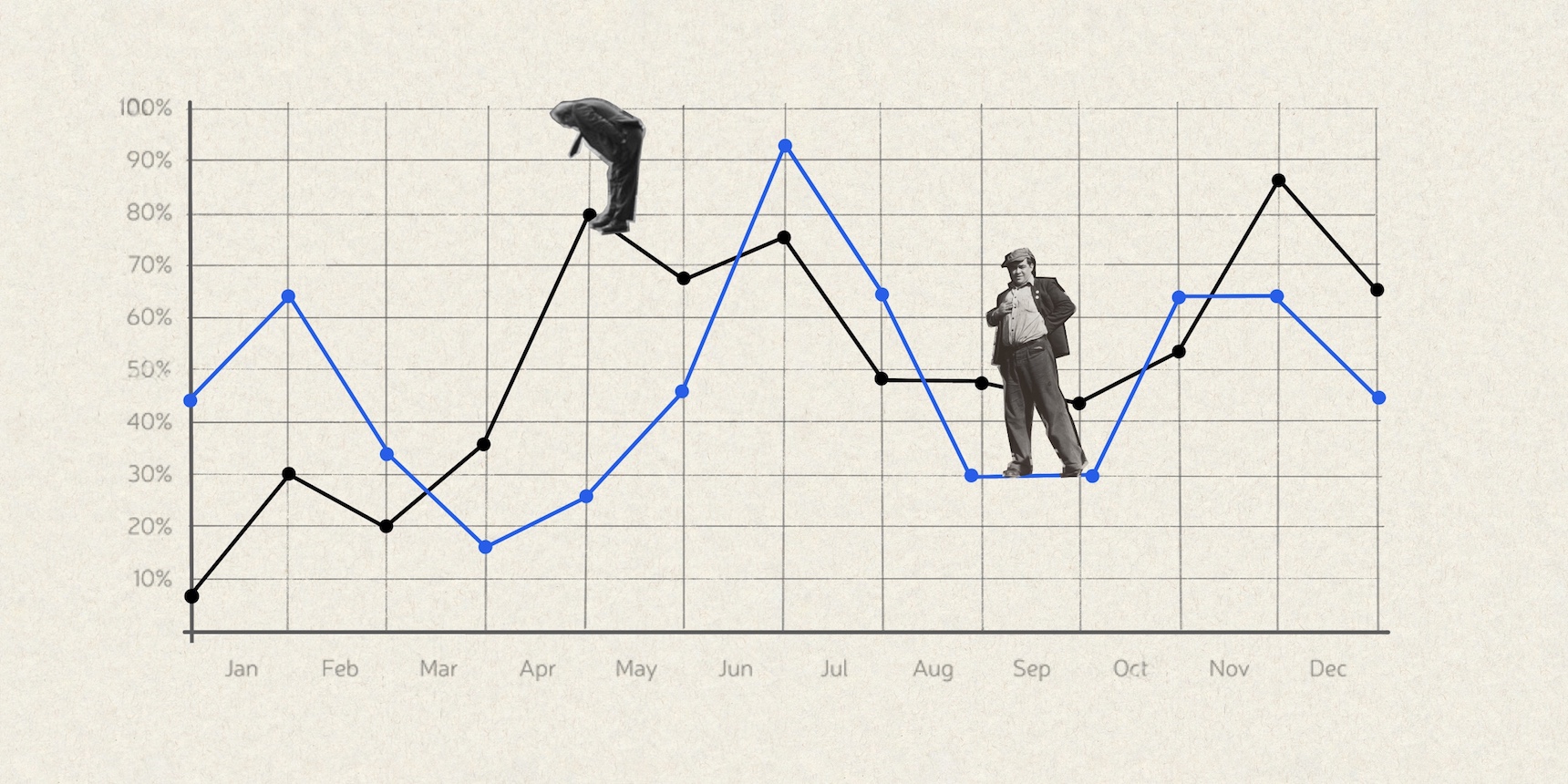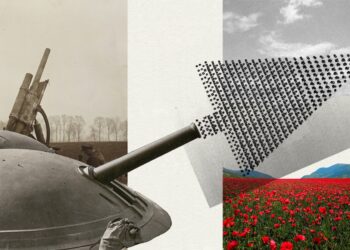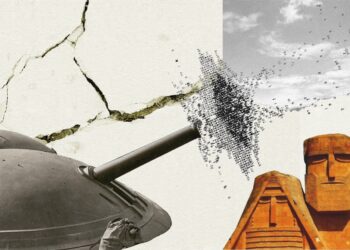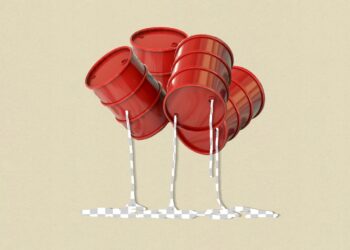
Armenia’s burgeoning democratic culture remains the one constant since the Velvet Revolution, even in the face of a pandemic, economic volatility, war, and domestic political upheavals. The post-Velvet Government continues to be the most popular political force in the electoral arena, with Prime Minister Pashinyan enjoying majority support, while opposition leaders, primarily Robert Kocharyan and Serzh Sargsyan, suffering wide-ranging unfavorability. The recent International Republican Institute (IRI) public opinion survey provides expansive empirical support in understanding the set of political developments that have taken place in Armenia within the last six months: the opposition protests, domestic political instability, and configurations within the electoral arena. Fascinatingly, the activities of the opposition, and their stated objectives, have produced the opposite effect: enhancing the Government’s favorability.
Implications of the Survey Results
The results from the IRI survey allow for the contextualization of seven main analytical conclusions.
First, the opposition, which has postured itself as the national security faction, has failed to convince the Armenian public that it can either address Armenia’s security dilemma or improve the country’s security architecture. Namely, the fundamental issue that defines the narrative of the opposition has failed to resonate with Armenian society. Second, amid the collection of problems facing Armenian society, and the current Government’s general inability to satisfactorily address all such issues, it still remains unmatched in popularity or favorability within the electoral field. Third, the security-versus-democracy narrative that has been advanced since the end of the 2020 Artsakh War has failed: Armenian society does not equate less democracy with more security, thus rejecting the position of the opposition factions. Fourth, the legacy of the Velvet Revolution and the results of free and fair elections have become an “enduring cultural syndrome”, as society continuously favors the pro-democracy faction over the anti-democracy faction, regardless of the former’s severe shortcomings and limitations. Fifth, Armenia’s electoral field will not develop a healthy system of pluralism as long as the anti-democratic opposition remains the only alternative to the post-Velvet Government. This, in turn, produces the effect of guaranteeing the continuity of the post-Velvet leadership. Sixth, the opposition has undergone de-institutionalization, where temporary coalitions are defined by one or two leaders, while the only institutionalized parties, the Armenian Revolutionary Federation (ARF) and the Republican Party (RPA), have been reduced to electoral irrelevance. And seven, considering the improvements in the favorability ratings of PM Pashinyan in the current survey, the Armenian public appears to be rewarding the current government for its handling of the opposition protests, the growth in the economy, and the general governance of the country.
Findings of the Survey
The survey shows that Armenian society considers security to be the most vital issue at 54%, exponentially ahead of political stability at 10% and unemployment at 5%. This broad disparity in issue salience directly suggests that the political party with the national security agenda would secure public support, and in this context, the opposition should be well-positioned to challenge the ruling party in public support. Interestingly, such is not the case, for the security-versus-democracy dichotomy does not hold, and Armenian society gives priority to the pro-democracy leadership over the anti-democracy opposition, regardless of the latter’s security agenda. This is demonstrated by the wide gap in both the favorability and unfavorability ratings of the Government and the opposition.
Favorability Ratings
The Prime Minister’s favorability stands at 53%, with his unfavorability at only 33%. Compared to the leaders of the opposition, the incongruity is quite telling, as Robert Kocharyan, head of the Armenia Alliance, ranks at 23%, while Serzh Sargsyan, head of the Republican Party (and by extension I Have Honor Coalition), stands at 19%. The opposition is further marginalized in its public support when observing the favorability of the two faces of the opposition during the protests, Ishkhan Saghatelyan of the ARF and Artur Vanetsyan of the Fatherland Party: the favorability of both stands at 12%. The 30% disparity between PM Pashinyan and Kocharyan are consistent with the results of the 2021 parliamentary elections, demonstrating that the opposition has failed to make inroads with either their messaging or political activities. Just as important is the electoral cannibalism within the opposition: with Kocharyan capped at 23% favorability, anything below that is from the same pool, indicating that Sargsyan, Saghatalyan, and Vanetsyan can only have electoral success by cannibalizing the votes of other opposition parties.
Unfavorability Ratings
Just as important as the favorability ratings are the unfavorability ratings, and when disaggregating this metric, the findings are quite clear: large sectors of Armenian society have a very serious dislike of the opposition leadership. Kocharyan’s disapproval stands at 61%, while Pashinyan’s remains at 33%. Further, when disaggregating Kocharyan’s disapproval numbers, the “highly unfavorable” metric stands at 49%, the highest dislike after Vanetsyan, whose “highly unfavorable” stands at 50% (with total unfavorable at 64%). Contextually, Kocharyan and Vanetsyan remain the most intensely disliked figures in Armenian politics, followed by Sargsyan at a disapproval of 63% (with “highly unfavorable” at 48%), and Saghatelyan with an unfavorable rating of 60% (with “highly unfavorable” at 47%). Pashinyan’s “highly unfavorable” rating, in this context, strongly correlates with Kocharyan’s favorability at 22%. Thus, those who support Kocharyan are “highly unfavorable” of Pashinyan, however, those who are “highly unfavorable” of Kocharyan and the rest of the opposition leadership surpass Pashinyan’s support base. The indication here is straightforward: those who do not support Pashinyan still adamantly oppose Kocharyan, Sargsyan, and the rest of the opposition leadership. This is an important finding because it is also highly indicative of how undecided or uncertain voters will tilt in their support. It also suggests why the opposition remains a fringe movement, as it is only supported by less than a quarter of Armenian society.
To further demonstrate the opposition’s marginalization within Armenian public opinion, consider the data on Alen Simonyan, the President of Parliament. A known showman who has a track record of making political faux pas and engaging in unnecessary grandstanding, Simonyan still garners a higher approval rating than any opposition leader at 34%, with holding an unfavorability rating of 37%, exceedingly lower than every opposition leader.
Comparative and Analytical Considerations
Analytically, when comparing the current survey data with the previous survey from May 2021, four general developments stand out. First, Pashinyan improved his favorability rating from 45% to 53%, yet his unfavorability remained stagnant at 33%, a clear indication that undecided voters shifted towards the Prime Minister. What explains this increase in the PM’s popularity? When observing the primary contributing factors within the last 12 months, two main factors stand out: the opposition’s performative politics, which resulted in alienating more of the public, and Armenia’s economic growth. The opposition protests not only reinforced the existing disapproval that society had of the opposition, but also contributed to tilting undecided sectors of the public toward the Prime Minister. Contextually, one may also surmise that the Government’s handling of the protests also translated into public approval for the PM, considering the opposition’s inability to either grow or expand the protests. Economically, not only has Armenia seen robust growth, but when observing issue salience, poverty was ranked 7th at 2%. Namely, Armenian society no longer considers poverty to be an “important problem facing” the country. This, in turn, reaffirms an axiom of political science: when the economy is doing well, the government in power is rewarded by society, all things being equal. Thus, in the face of a security crisis, and an opposition seeking to undertake regime change, the effects of such developments actually contributed to an improvement of the Prime Minister’s favorability.
Second, while Kocharyan’s popularity increased by 3% over the 12 month period, so did his unpopularity, as his disapproval increased by 4%, while his “high unfavorability” rating went from 41% to 48%. In this context, more of Armenian society developed a higher dislike of Kocharyan after the Parliamentary elections and the opposition protests. The reverse appears to be the case with Serzh Sargsyan, whose popularity actually increased by 9%, while his unfavorability decreased by 6%. One observable pattern stands out: the less opposition leaders are in the limelight, the more their public image improves. Saghatelyan is a very good example: the ARF leaders’ unfavorability increased by 13% from 2021. Thus, as the leader-on-the-ground during the protests, Saghatelyan’s visibility exponentially increased; which, in turn, translated to an increase in public dislike of him.
Third, an observable de-institutionalization of the opposition stands out in the survey data. When asked which political party or alliance respondents would vote for if elections were held, 25% noted Civil Contract, while 6% selected the Armenian Alliance, 2% the ARF, and 1% the RPA. Considering the fact that the Armenian Alliance is not an institutionalized political party, the only two institutionalized parties of the opposition remain the ARF and the RPA. That the former, with a large Diasporan presence and a hundred year tradition, only receives 2%, while the latter, which was in power in Armenia for 10 years, receives 1%, is a clear indication that the opposition’s institutionalized parties have become electorally degraded.
Fourth, while the current Government has a severe limitation in consolidating the democratization process, the opposition has failed to tap into this shortcoming. In the democratization literature, the most important indicator that distinguishes democratized societies from democratizing or non-democratic societies is the magnitude of institutional trust. As the survey findings demonstrate, the public satisfaction with institutions, while still positive, nonetheless remains relatively underdeveloped, while trust in political leaders remains quite abysmal. In the case of institutional trust, the lag in institutional reforms by the Pashinyan Government, the ad hoc implementation of the transitional justice agenda, and the incremental nature of structural reforms, has curtailed the robust growth of institutional trust. That being said, when aggregating the data on citizen satisfaction with state institutions, roughly 38.5% are satisfied, while 29% are unsatisfied. The net positive outcome remains an important indicator of growing institutional trust, but at the same time, after four years of a burgeoning democratic culture, a 29% dissatisfaction remains an issue.
With respect to trust for politicians, Pashinyan remains unmatched at 16%, while Kocharyan attains only 3% trust. But the bigger problem is that 64% of respondents do not trust any politician. That the opposition has failed to tap into this large void, and the fact that after all the shortcomings of the Pashinyan Government, he is able to garner more trust than any opposition figure, is indicative of the severe credibility problem that the opposition suffers from. And just as importantly, without an alternative to Pashinyan, the public remains constrained in its electoral options, and this, inherently, creates problems for pluralism in Armenia’s political system. In this context, the anti-democratic opposition remains an impediment to electoral pluralism, for when given the option between the two forces, the evidence is unequivocal: Armenian society selects the democratic option.
Conclusion
An empirical understanding of the opinions of Armenian society is also important when addressing another crucial issue: the spread of disinformation in the Diaspora. Whether one agrees or disagrees with this government is besides the point. The empirical problem at hand is the misinformation and false narrative being disseminated in the Diaspora. Such misinformation includes, but is not limited to, the following: the Prime Minister is unpopular, Armenian society rejects the current Government, and Armenian society supports the opposition’s protests. As the survey results demonstrate, these are categorically and factually false claims that are being propagated. They simply are not true. And this is not a matter of opinion: all such claims are thoroughly rejected by the empirical referents and existing data. Yet certain Diaspora organizations, such as the ARF, continue to proliferate such disinformation, and further, continue to do so devoid of any evidence or empirical support. Namely, the party with only 2% favorability in Armenia is telling the rest of the Armenian nation that the majority of Armenian society is either wrong or delusional.
Misleading one’s own followers about developments in Armenia, the preferences of Armenian society, and the situation in the country, and further using such disinformation to darken the image of one’s own country, is an exercise in self-negation and incoherence. Whoever dislikes the current Government has every right to do so. Whoever despises the current Prime Minister has every right to do so. But to proliferate false claims, to traffic in disinformation, and to intentionally lie about developments in the country is to do a disservice to the Diasporan itself. In essence, these activities have no political effect within Armenia itself, as the evidence suggests. Rather, all this does is alienate and fracture the Diaspora: hence the self-negation and incoherence of peddling in disinformation. To this end, regardless of political leaning, ideology, or belief, facts remain facts, and the reality in Armenia, supported by survey data, demonstrates what it demonstrates: the Armenian people, against all odds, choose democracy.
September on
EVN Report
Armenia’s Place in the Post-Western World Order
Armenia hasn’t participated in any multilateral connectivity initiatives in the South Caucasus since independence, primarily due to the war with Azerbaijan. Since the 2020 Artsakh War, new projects are taking shape—again without Armenia’s participation.
Read moreThe EU’s Main Challenge in Armenia-Azerbaijan Peace Talks
If the EU is honest in its commitment to make peace possible in the South Caucasus, then it needs to address Baku’s ongoing anti-Armenian rhetoric and policy of creating permanent tensions on the borders to pressure Armenia for further concessions.
Read moreOf Useful Idiots, Western Supremacists and White Monkeys
The excess symbolic power that comes with “Westernness” explains how some authors and commentators on the Armenian-Azerbaijani conflict can get away with the most outrageous gaslighting, at times engaging in outright racism.
Read moreAzerbaijan’s War of Narratives Against Armenians, Part I
After its military victory in the 2020 Artsakh War, Azerbaijan elevated its war of narratives against Armenians to a new and increasingly aggressive level, often accompanied with disinformation.
Read moreAzerbaijan’s War of Narratives Against Armenians, Part II
Baku’s aggressive rhetoric must not be normalized. In spite of their geopolitical, oil and gas interests, major international players should define their red lines, refrain from a policy of parity and prevent further military aggression by Azerbaijan.
Read moreBy the same author
The Dictator Has No Clothes: Aliyev’s Regime and Its Declining Oil Revenues
Baku’s oil economy is not sustainable, as diminishing revenues in the long-term increase the probability of domestic instability in Azerbaijan, potentially triggering militarized interstate disputes.
Read moreThe Weakening of the Leviathan: Armenia, Russia, and the Consequences of the War in Ukraine
The impossible situation that Armenia finds itself in because of the Russo-Ukraine conflict can be mitigated through a policy known as strategic shirking, argues Nerses Kopalyan.
Read more








Thank you for a very imformative article on what people think in Armenia.